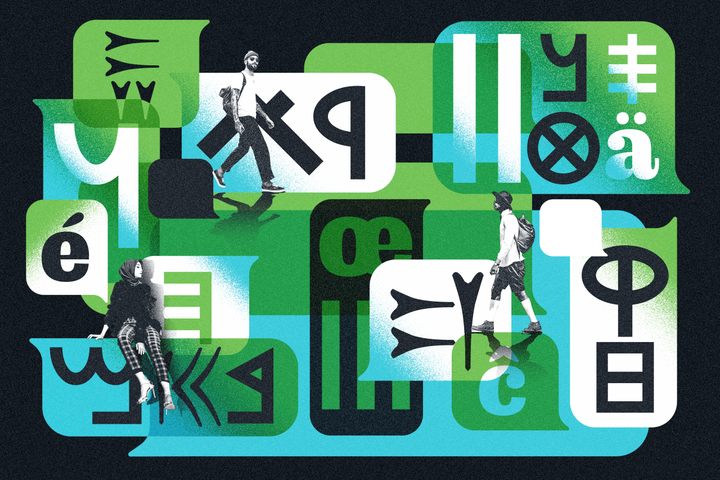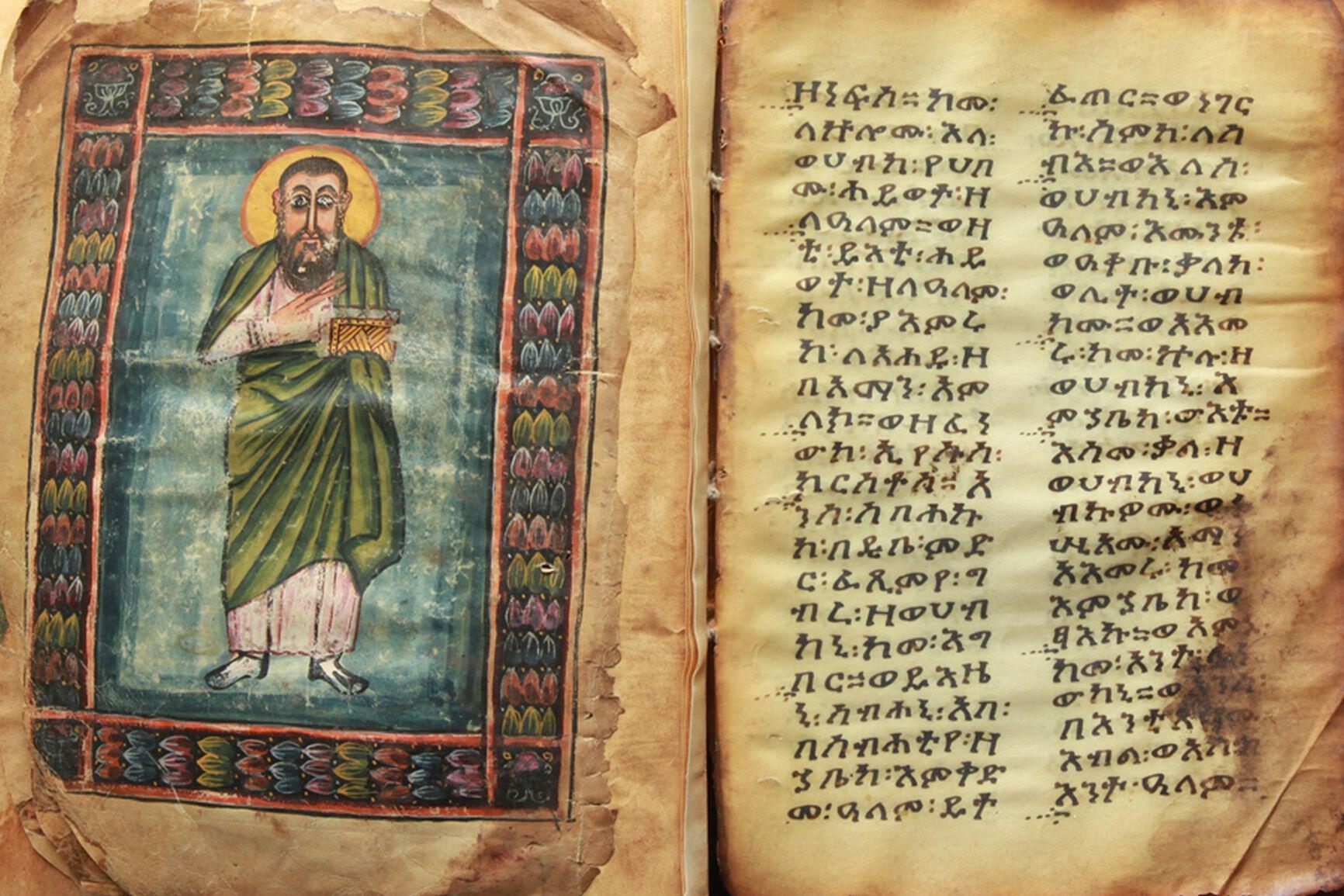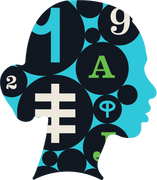
Puzzle Monday: The Signs of Ethiopian Identity
Among our crosswords and other puzzles, we’ll be featuring linguistic challenges from around the world from puzzle aficionado and writer Alex Bellos. A PDF of the puzzle, as well as the solution, can be downloaded below.
An alphabet is, at its most elemental, any system in which symbols represent individual sounds. It is an idea that was invented just once in human history, in Egypt around four millennia ago.
The ancient Egyptians used hieroglyphs, a composite system in which some symbols represented whole words and others represented sounds. The sound-symbols could stand for one, two, or three consonants. The word’s first alphabet was devised by Canaanite migrant workers in Egypt, who took the simplest parts of the hieroglyph system—the one-consonant symbols—and dumped the rest. The result was a proto-alphabet that became the predecessor of all alphabetic scripts, either by direct descent or through people who borrowed the concept to invent their own writing systems.

The alphabet spread to Europe, the Middle East, and Asia, continually adapting to different languages. It eventually evolved into the scripts used everywhere from Iceland to Indonesia.
The alphabet also headed south, to the Horn of Africa, which is the only place in sub-Saharan Africa that still uses an alphabet directly descended from the Canaanite original. (Other native alphabets used in sub-Saharan Africa were invented in or after the 18th century, such as Mandombe in Democratic Republic of the Congo.)

The sub-Saharan African alphabet descended from the first alphabet is called Geʽez script, because it was originally used for writing Geʽez, the region’s ancient language; it is now used to write several languages there, including Amharic, the mostly widely spoken language in Ethiopia.
The Geʽez alphabet is one of Ethiopia’s most important cultural symbols, says Tedla Melaku, an Ethiopian-American author in Washington, D.C., the metro area that is home to the largest community of Ethiopians outside Ethiopia—as many as 200,000.

“The script is the number one instrument that helped the propagation of Abyssinian, or Ethiopian, civilization. Ethiopians are very well aware of that fact. Ethiopians are very, very conscious of their vibrant past,” he says. “Most Ethiopians would tell you that their script is one of the oldest in the world.”
The Geʽez script appears in many ancient texts, such as the Garima Gospels, which is thought to be the oldest illuminated Christian manuscript. “Geʽez was very important in the development of Christendom and in the preservation of ancient Judaic literature,” says Melaku. “Without Geʽez, some of these extremely important texts would have been lost.”

Geʽez characters are also increasingly visible outside Ethiopia, especially in big cities such as Washington and London. However, in linguistic terms, Geʽez is not a full alphabet. Its symbols refer to specific sounds, but consonants and vowels are treated slightly differently. Quite how they are treated is the key to solving the accompanying puzzle.
Once you’ve solved it, you will start to notice its distinctive shapes on signs and shop fronts—and can take a stab at pronouncing them!

Stumped? Download the solution, with all the logical steps to get there!












Follow us on Twitter to get the latest on the world's hidden wonders.
Like us on Facebook to get the latest on the world's hidden wonders.
Follow us on Twitter Like us on Facebook